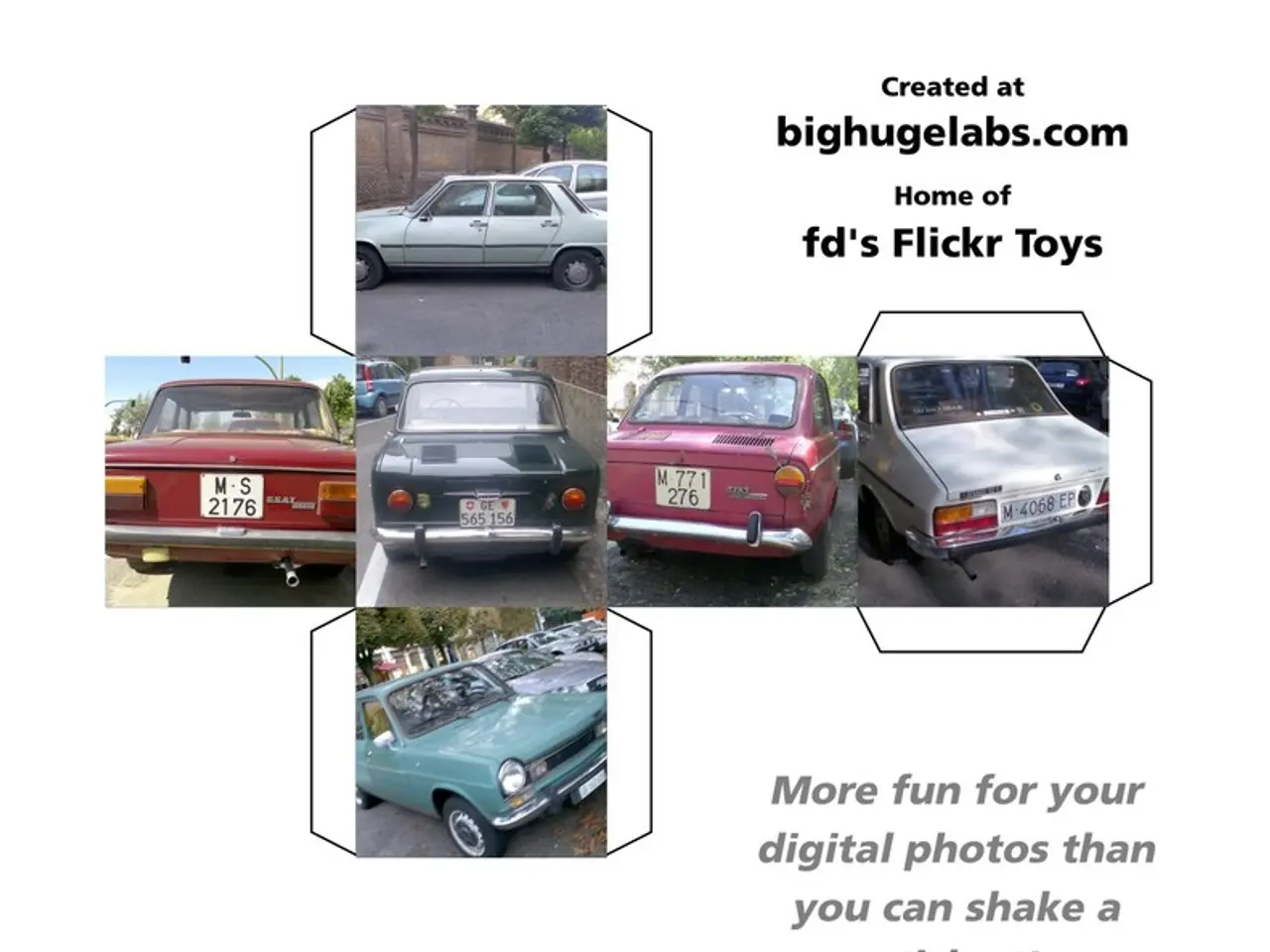Augsburg Mobility Plan's Initial Trials
Augsburg, a city in Germany, has taken a significant step towards sustainable urban mobility by launching several pilot projects aimed at promoting eco-friendly transportation, improving road safety, and reducing carbon emissions. These projects are part of the Augsburg Mobility Plan, a comprehensive strategy to create a greener, safer, and more efficient urban environment.
The Climate Quarter Mobility Management Right of the Wertach
One of the approved pilot projects is the Climate Quarter Mobility Management Right of the Wertach. This initiative focuses on the Climate Quarter, a district along the Wertach river area in Augsburg, promoting sustainable mobility management to reduce carbon emissions and encourage environmentally friendly transportation methods within this quarter. The project involves integrated planning to encourage the use of public transportation, cycling, walking, and shared mobility services.
The objectives of this project are:
- To promote climate-friendly mobility options to reduce greenhouse gas emissions.
- To improve accessibility and connectivity within the district.
- To reduce private car usage to lower traffic congestion and pollution.
- To implement behavioral change campaigns to encourage residents to adopt sustainable transport habits.
E-Cargo Bikes Test Project in Commerce
Another approved pilot project is the E-Cargo Bikes Test Project in Commerce. This project involves testing the use of electric cargo bikes for commercial deliveries within Augsburg. The goal is to evaluate the practical viability of e-cargo bikes as an alternative to delivery vans or trucks in urban logistics, especially for last-mile delivery.
The objectives of this project are:
- To decrease emissions and noise pollution from delivery traffic in city centers.
- To enhance the efficiency and sustainability of commercial deliveries.
- To assess user acceptance and operational challenges of e-cargo bikes among local businesses.
- To support local businesses in transitioning to greener logistics.
Pilot Project 30 km/h Speed Limit under the Augsburg Mobility Plan
This project tests a general or zone-wide reduction of speed limits to 30 km/h in selected parts of Augsburg, promoting safer and calmer traffic conditions. It is part of the broader mobility plan aiming to improve road safety for pedestrians, cyclists, and other vulnerable road users.
The objectives of this project are:
- To reduce traffic accidents and severity, especially involving pedestrians and cyclists.
- To improve the livability of neighborhoods by reducing traffic noise and risks.
- To encourage more walking and cycling due to safer streets.
- To collect data to inform potential wider implementation of speed limits in the city.
These projects reflect Augsburg’s comprehensive approach to sustainable urban mobility by combining infrastructure changes, innovative transport testing, and regulatory measures to create a safer, greener, and more efficient urban environment. They align with the city’s goals of climate protection, enhancing quality of life, and fostering shifts toward sustainable transport modes.
The projects also focus on gathering practical experiences through on-site implementation and impact of corresponding measures. A Pilot Project with a 30 km/h Speed Limit is also included in the approved projects. Pilot projects are time- and/or space-limited.
The pilot projects under the Mobility Plan are intended to develop, test, and implement suitable measures for holistic mobility transition, climate adaptation, and street design. The approved pilot projects aim to accelerate the implementation of innovative solutions. The pilot projects in the Augsburg Mobility Plan are intended to provide practical experiences and insights for future mobility solutions.
Read also:
- Unveiling Innovation in Propulsion: A Deep Dive into the Advantages and Obstacles of Magnetic Engines
- Intensified farm machinery emissions posing challenges to China's net-zero targets
- EU Fuel Ban Alerts Mercedes Boss of Potential Crisis
- Nuclear plant revitalized: Artificial intelligence-led demand breathes life into the Great Lakes nuclear facility








